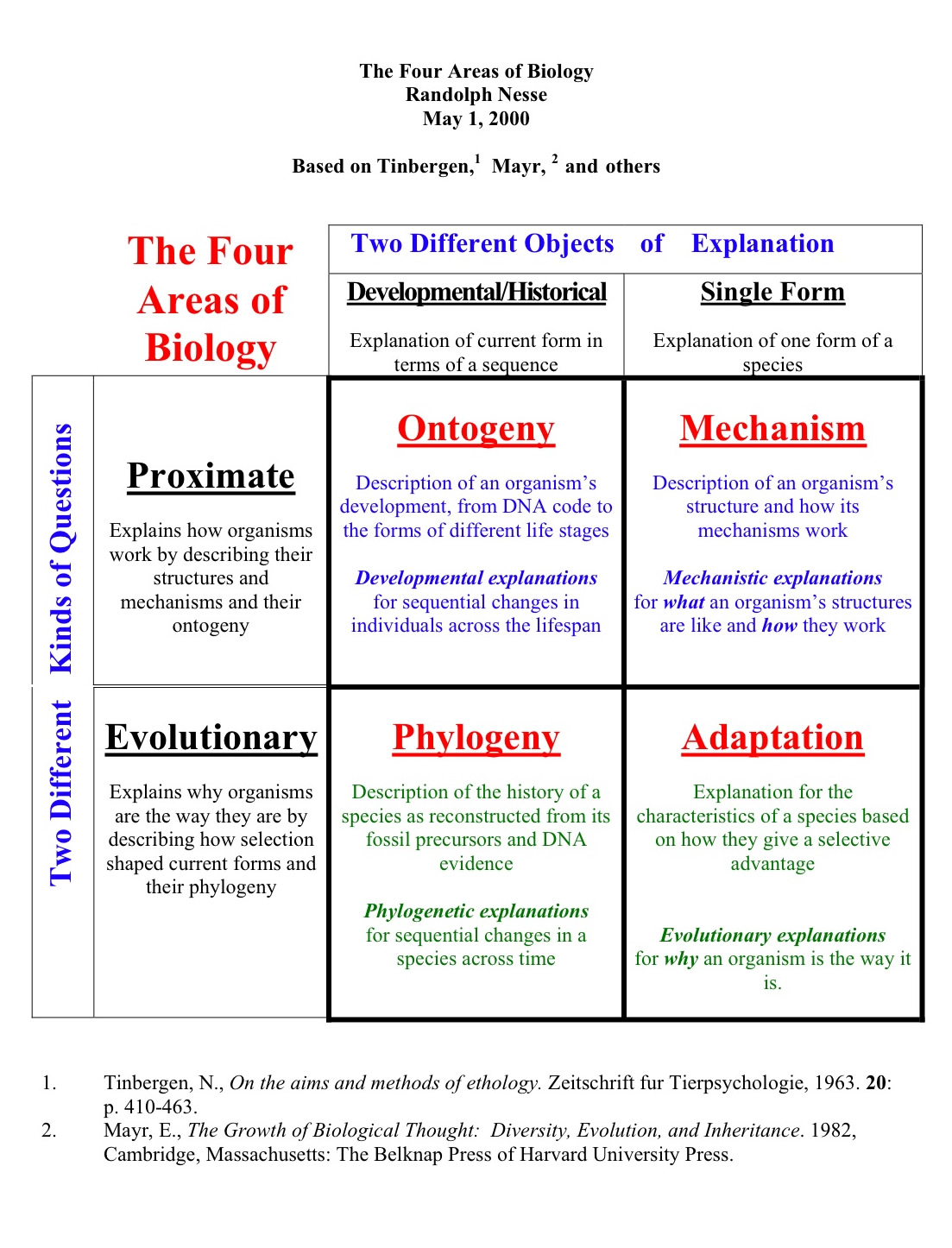 Animal Behavior
Animal Behavior
Biology 342 Fall 2010
Week 2
Sept. 6th
NO CLASS
Sept. 8th
Zoo Lecture
David Shepherdson is the Conservation Program Scientist at the Oregon Zoo. He focuses on environmental enrichment for zoo animals, the role of the zoo in conservation programs, and is involved in the science education goals of the zoo. David is currently an associate editor for the journal Zoo Biology, and is adjunct faculty at Portland State University. In the past he has given a seminar-style lecture on the current research goals of the Oregon Zoo, and include discussion on methods in animal behavior research with an emphasis on zoo husbandry and stereotyped behavior in captive animals. Unrotunately he cannot deliver the lecture this year so I will have to do it.
READ:
For a general view of zoo research look at the examples in:
Hosey,
G.R. (1997) Behavioural research in zoos: academic perspectives.
applied Animal
Behavior Science 51;199-207.
Dugatkin Chapter 15 on animal play. While not 100% related to our work at the zoo this chapter can be read critically in this context.
Sept. 10th
Classic Questions in Animal Behavior
Answer 2 of the following 4 questions. (download
handout)
Type the answers. Bring them to class.
Be prepared to discuss and amend
your answers.
1) Tinbergen repeatedly breaks categories down using dichotomies. Make a list (or better, attempt a graphical representation) of the many divisions discussed by Tinbergen. Indicate which of these dichotomies would be objectionable to Thiery and what his reasoning would be.
2) Describe the scientific field to which each of Tinbergen's 4 types of questions are most closely related.
3) In the section on “Survival Value”, Tinbergen laments the fact that there is often a general lack of interest in studying the problem of survival value. Why was there a lack of interest in studying the problem of survival value? In your experience, does this "lack of interest" persist in modern science? If we were to do away with dichotomy between ultimate and proximate, how would that influence the interest, or the approach to studying the question of survival value?
4) Thiery throws in a lot of names and terms that may not be familiar to all students. Prepare a few statements about, Mayr, D'arcy Thomspon, Baker, Weismann, Gould and Lewontin, Cope's rule, Arisotle's final causes, epigenetic, atomistic, phylogenetic inertia, entrenchment, any other terms that caused you to stumble.

Tinbergen's 1963 paper represents a seminal contribution to Behavior, as it formulates a method for studying animal behavior. This method still forms the basis for most courses on animal behavior. These issues are central to developing a philosophical approach to animal behavior. The ethological approach had a strong Darwinian tradition underlying its development. Much of the work in ethology was aimed at understanding the ultimate evolutionary reasons for behavior. Tinbergen listed four areas of inquiry that could be used to understand issues of animal behavior. They can be constructed as two dichotomous divisions (see below). However, not all researchers approve of such dichotomies. In class we will also discuss some of the more recent outlines and catagorizations of the types of questions that are asked in Animal Behavior.
READ:
Tinbergen
1963 On aims and methods of Ethology Zeitschrift fur Tiepsychology
20:410-33.
(reprinted Animal Biology, Vol. 55, No. 4, pp. 297-321 2005)
Thiery B. (2005) Integrateing proximate and ultimate causation: Just
one more go! Current Science 89:1180-1183.
More on Tinbergen
B -- Behavior refers
to the observable actions of the organism.
C -- Causation refers to the
proximate causes of behavior such as genes, hormones, and nerve impulses
that control the expression of behaviors.
D -- Development refers to
the ontogeny of behaviors such as imprinting, or in the case of cognition,
learning.
E -- Evolution refers to the phylogenetic context in which
behaviors are found. For example, the prevalence of parental care in
birds, but not reptiles (with some exceptions) is an example of the taxonomic
affiliations of some behaviors.
F -- Function refers to the adaptive
value or contribution that the behavior makes to fitness.
Below is another diagram that may help you to understand these 4 areas.
Your goal should be to understand these areas of biology, not memorize
them. More specifically, consider how they apply to animal behavior.
You may disagree with the exact distinctions, and you may see some
areas of inquiry that are difficult to pigeon hole into one of these
4 topics. Great! bring your thoughts and objections to class.

